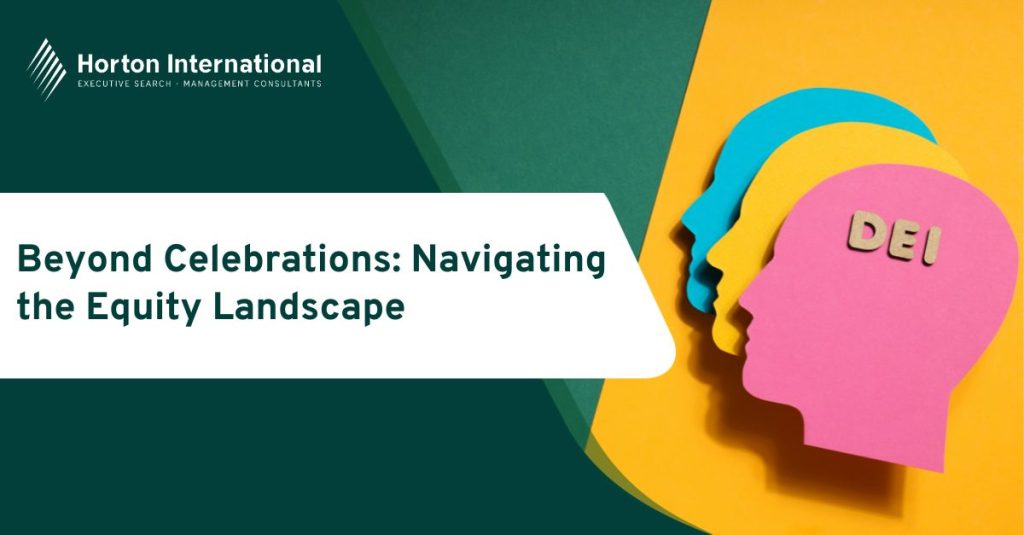What a wonderful opportunity International Women’s Day is to put the spotlight on the many many women that excel and inspire. In their professions and careers, and in their lives. And to celebrate the roles that all women play in the workplace.
Wonderful too are the many uplifting stories of women who have overcome significant adversity, whether personal or professional, in reaching their goals, sometimes against nearly all the odds.
And the odds are much lower for some than others.
The latest annual UN Global ESG report (published in September 2023, with data from 2022) informs us that just 15.4% of the targets under Goal 5 (Gender Equality) are on track, with little progress, globally, in expanding women’s share in management or political representation.
The report also noted, among other things, that:
- Women accounted for 40% of all people in employment yet only 28% of management positions,
- 55 per cent of countries (from 119 countries surveyed) lacked laws that explicitly prohibit direct and indirect discrimination against women,
- Nearly one in four young people were out of employment, education or training, with women twice as likely as men to find themselves in this state,
- There were around 2 billion people across the world in jobs without social protection.
The situation is direst in the low-income countries of Sub-Saharan Africa and Central and Southern Asia.
Some organizations conducting business in territories with large numbers of marginalized people have implemented programs and practices that contribute to reducing socio economic inequities by affording opportunities to disenfranchised groups of people.
Others have not.
The DEI focus this International Women’s Day is an opportunity to reflect on your own organization’s record on D, I and especially E:
- Do your gender employment and pay ratios buck the national norm in the places you do business?
- Do your DEI metrics extrapolate to socio–economically or otherwise disadvantaged people generally, and up and across the organization, that is, both hierarchically and, where practical, functionally?
- Do you actively, either directly or through external programs, create employment access opportunities for people who otherwise would have little or no opportunity to work?
- If you have identified entry level roles for those people, do you then support them with the knowledge, skills and empowerment that have been otherwise denied them, and not allow them to languish in lower skill – lower status jobs, potentially reinforcing, rather than redressing, existing inequities and attitudes?
To confront the systemically embedded inequity in prevailing social orders found in some regions, both national and all too often mirrored at organizational level, will require going beyond the statutory labor rights – equal opportunities proclamations commonly found in the Social Goals section of Corporate ESG reports currently, important though they are.
So as well as celebrating the many wonderful stories of women’s achievements this International Women’s Day, let’s also understand and engage the improved odds we have of confronting the global Equity crisis that having more women in key decision making roles potentially presents.








